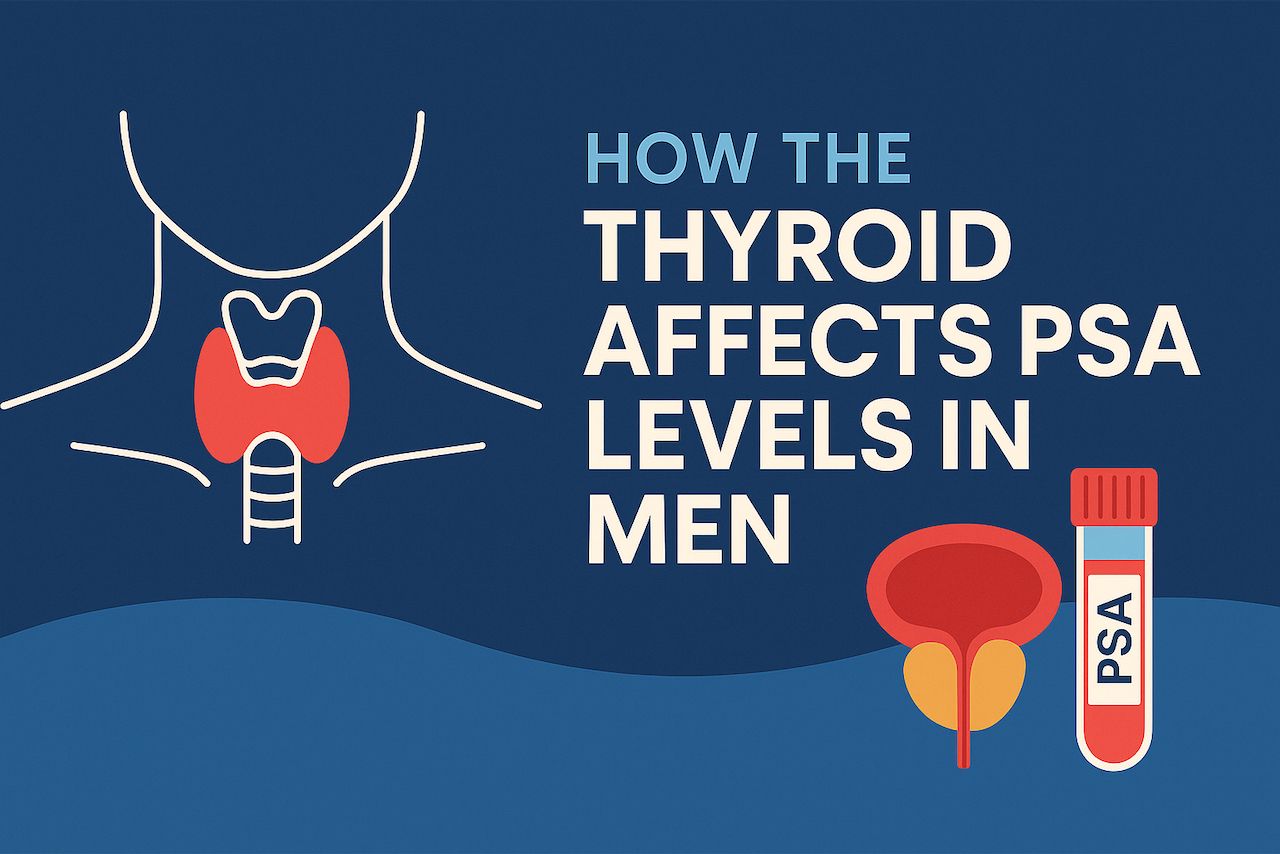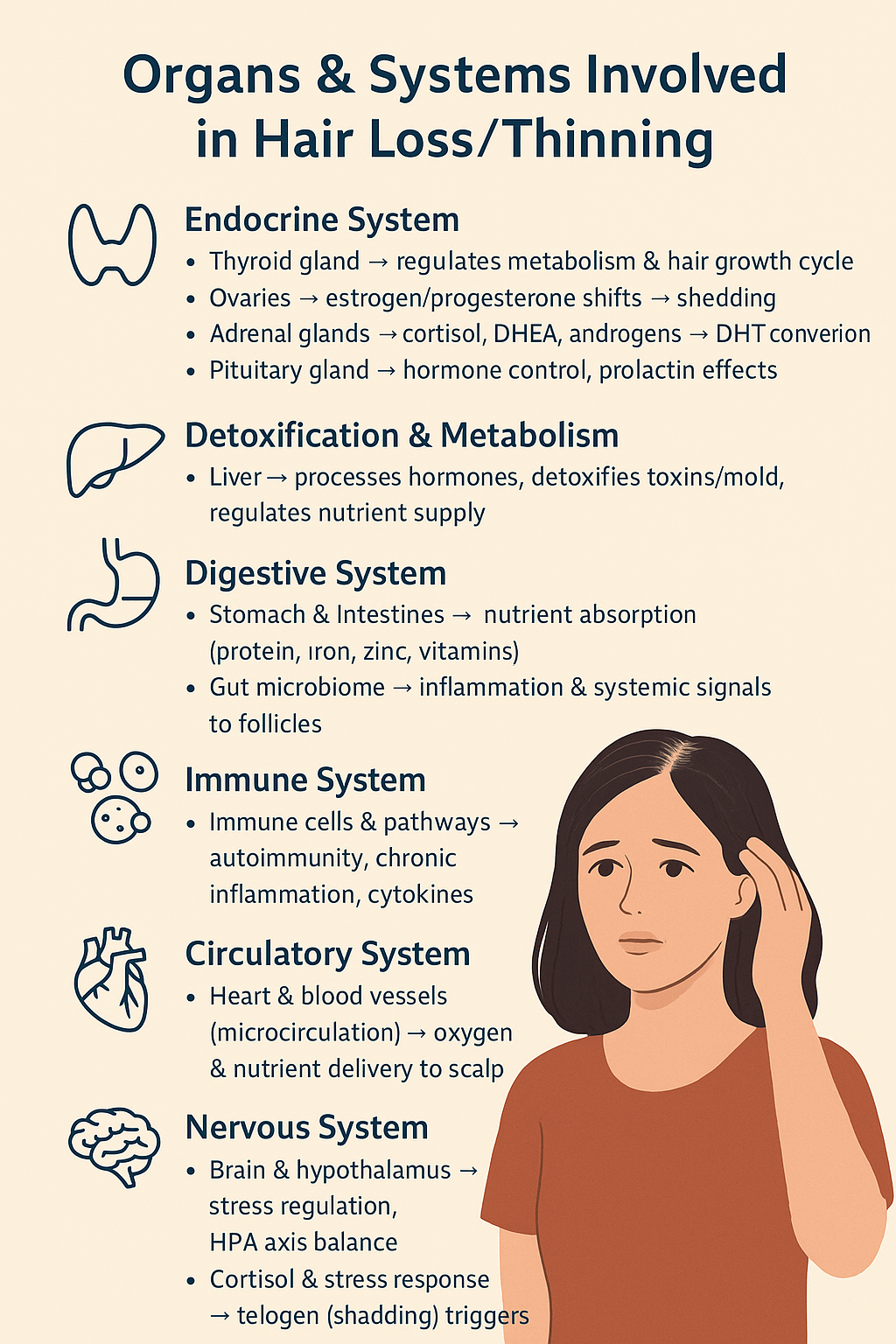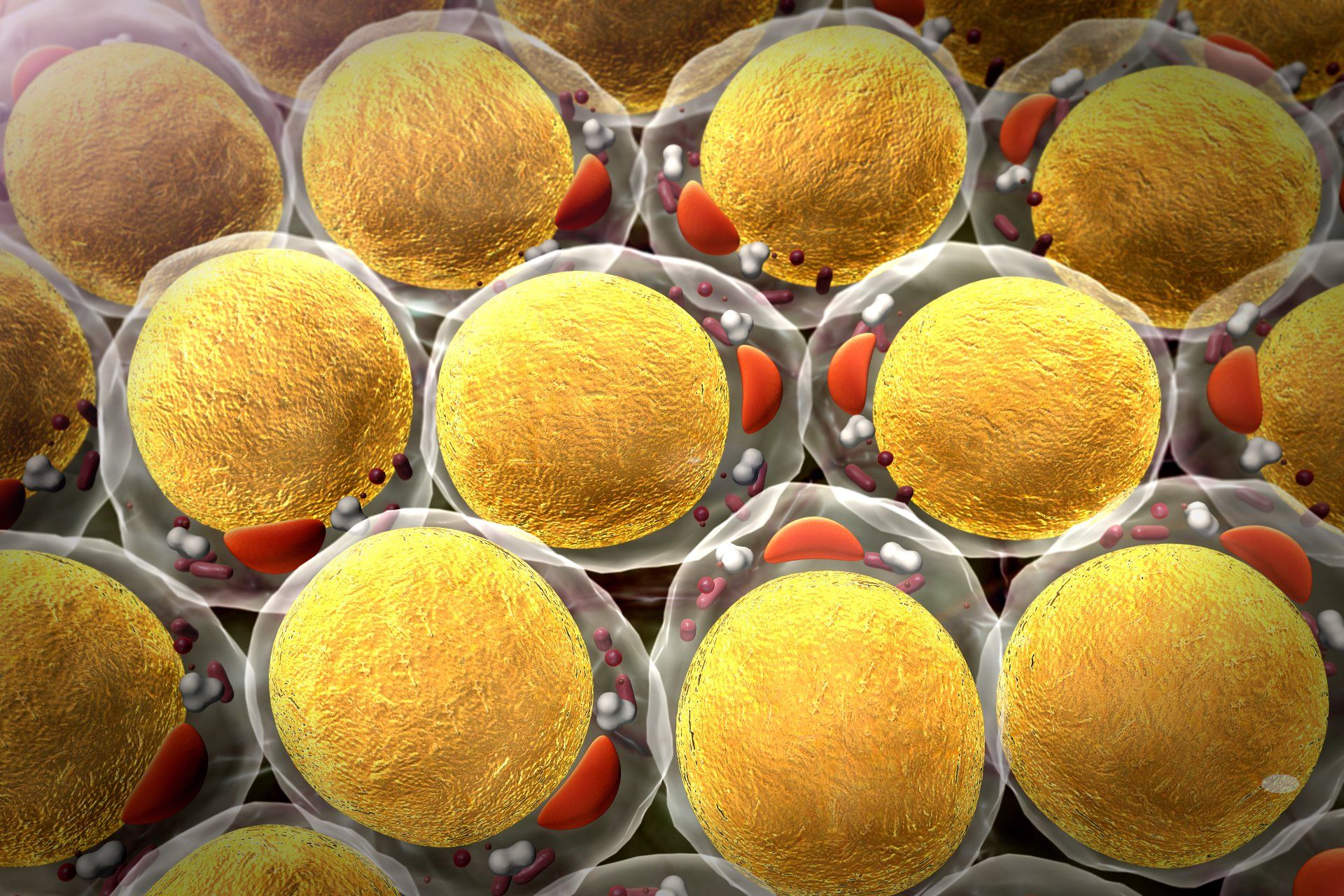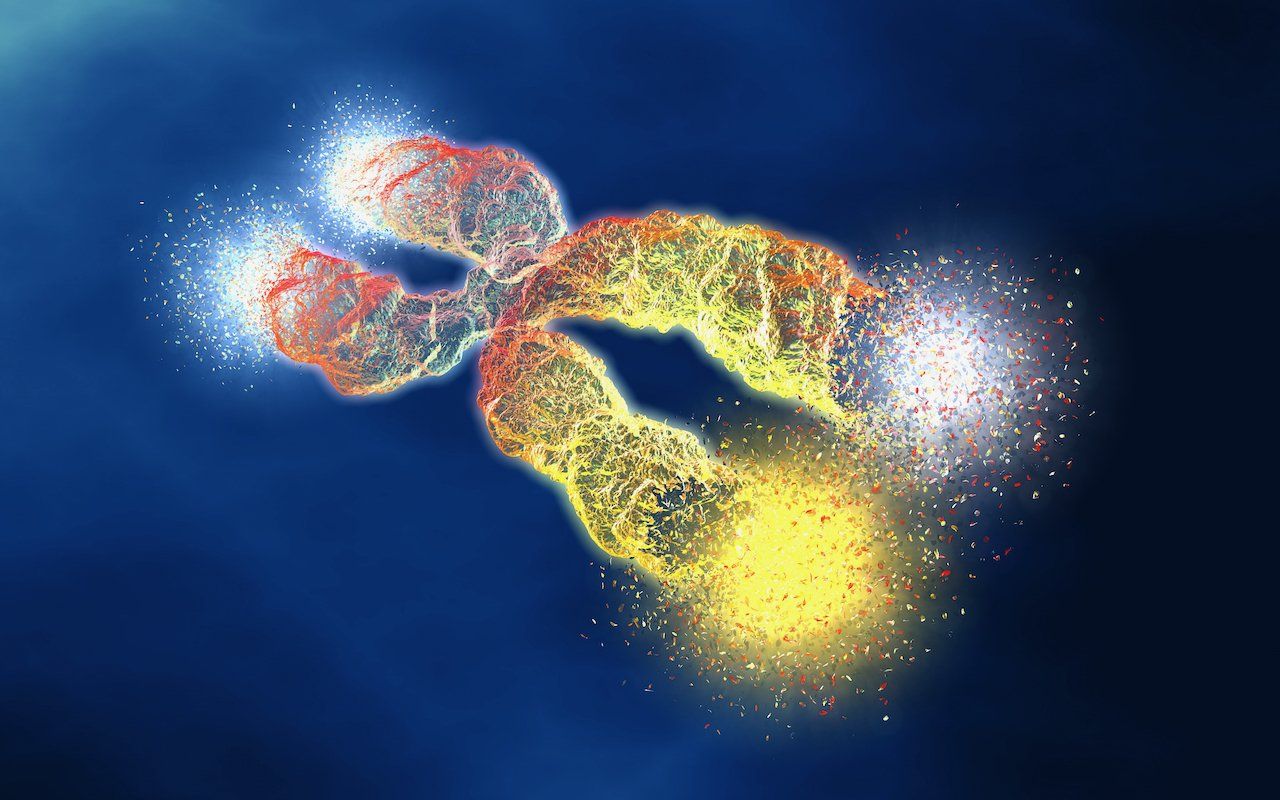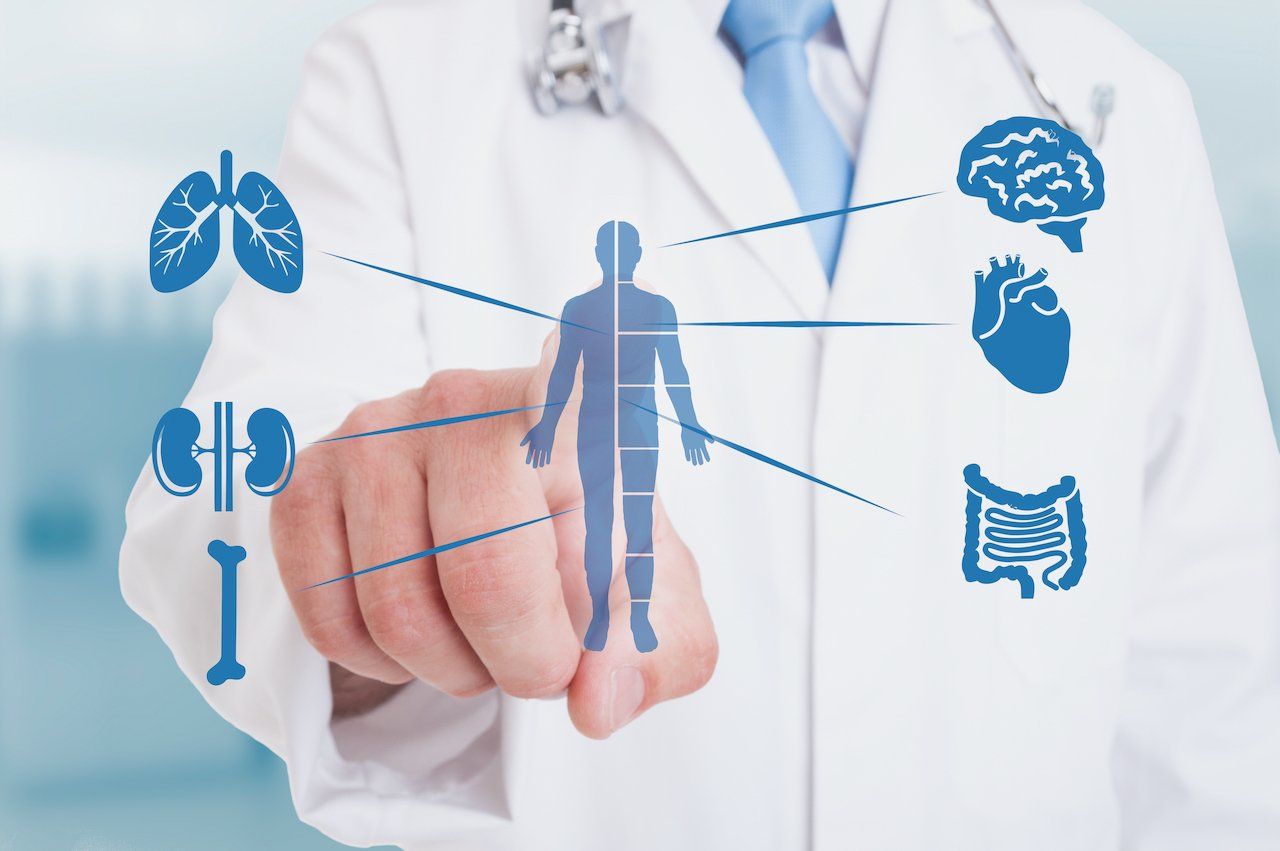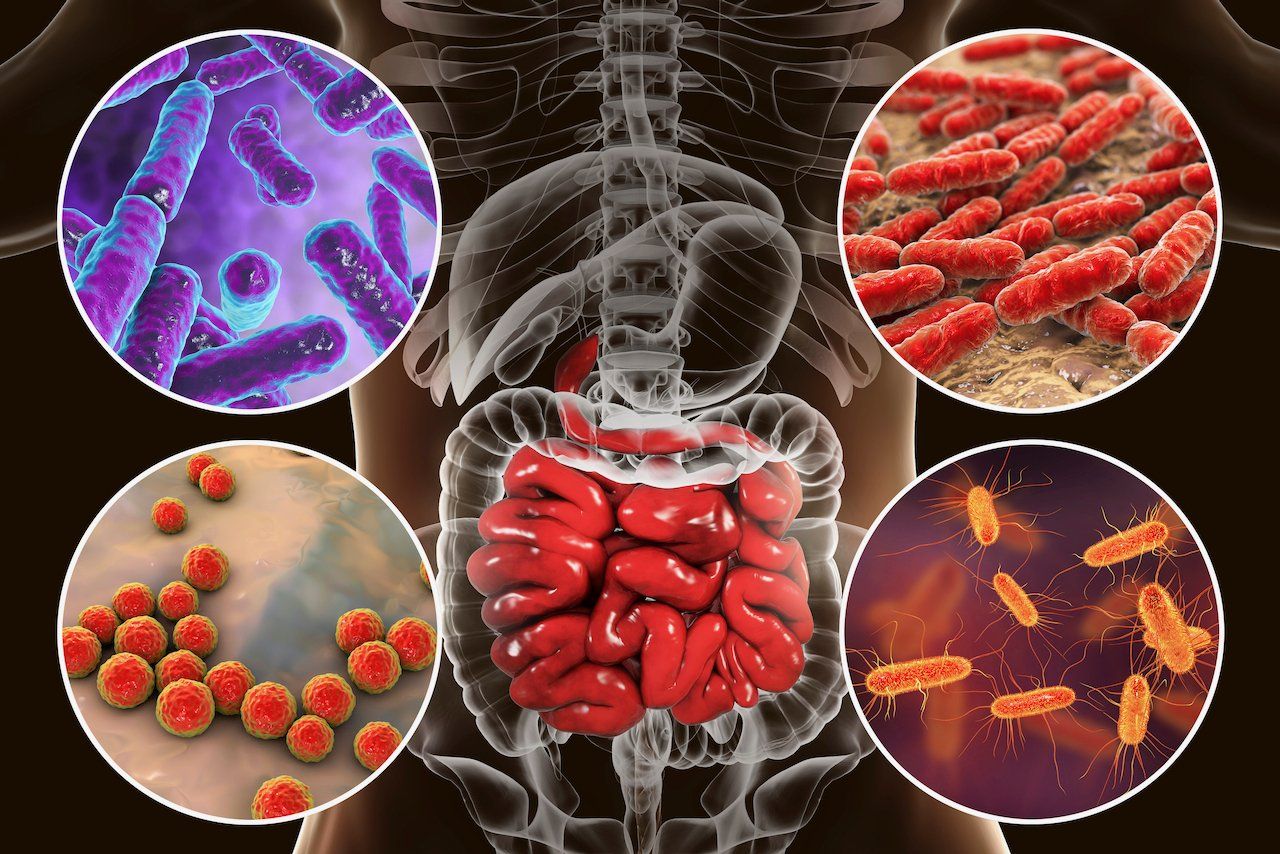The Detox Mandate: Reset, Rewire, and Outpace Today’s Toxins
“In a toxic world, detox is not indulgence — it is intelligent self-preservation.”
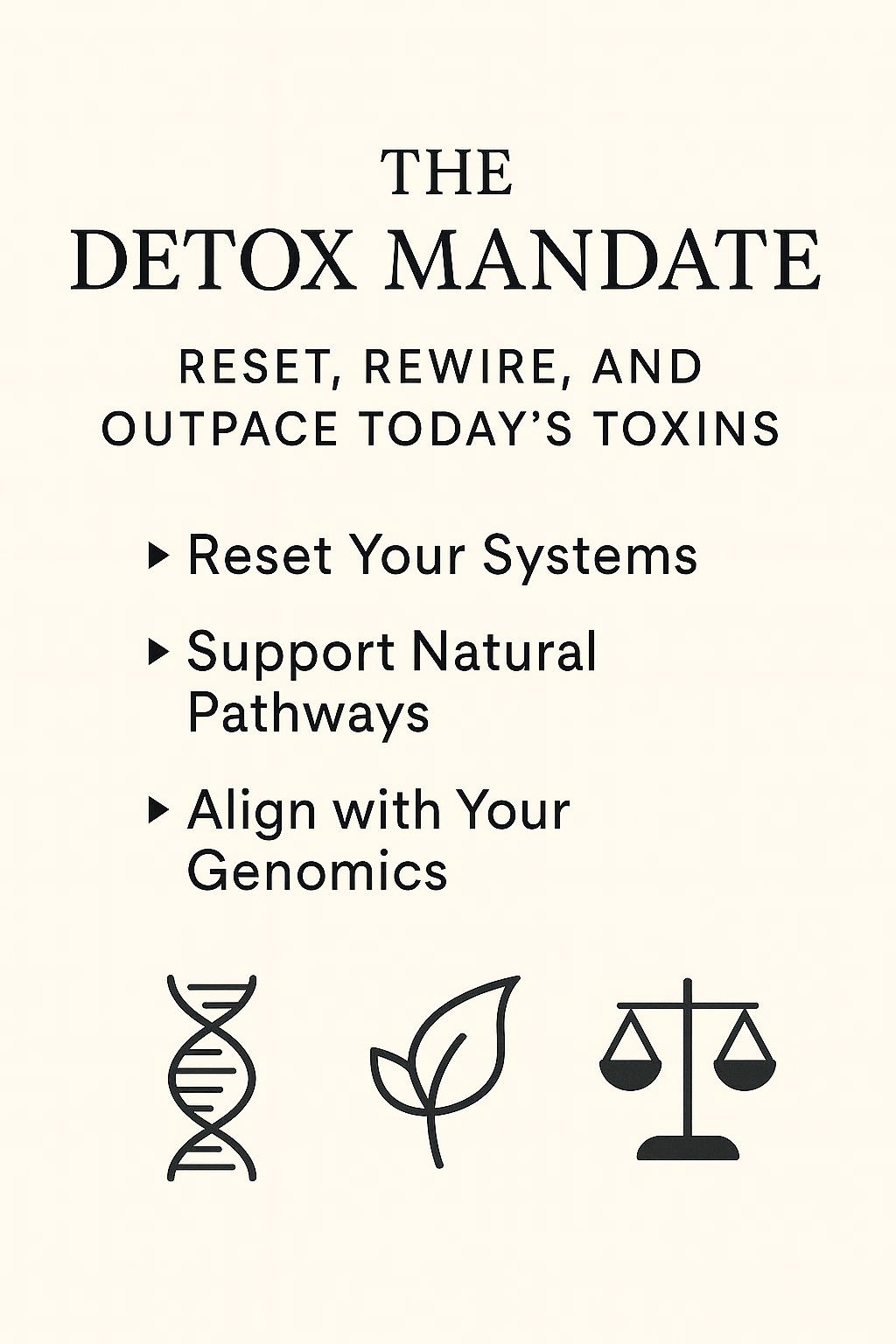
1. Modern Toxic Burden Demands Modern Solutions
We no longer live in the clean, agrarian world our ancestors knew. Today, we are immersed in a chemical cocktail from the moment we wake: microplastics—up to 10,000 particles per liter—pervade our drinking water; 70% of produce carries pesticide residues, often multiple types; heavy metals contaminate millions of hectares of farmland; over 90% of us have endocrine disruptors like BPA in our bodies from cosmetics and receipts; and nearly 60% of our calories come from ultra-processed, inflammation-promoting foods.
- Plastics leach micro-particles into our water
- Pesticides lingering on produce
- Heavy metals seeping through the soil
- Endocrine disruptors hiding in cosmetics and receipts
- Inflammatory ultra-processed foods disguised as “convenience”
This constant, low-grade exposure silently taxes the body’s detox machinery: the liver, kidneys, gut, skin, and lungs. These organs are remarkable, but not invincible.
Over time, unprocessed toxins create a hidden undercurrent of inflammation. Inflammation is the soil where chronic disease takes root: premature aging, weight gain, fatigue, hormonal chaos, cardiovascular disease, autoimmune conditions, and even neurodegeneration.
A structured, twice-yearly cleanse is not about chasing trends. It is about resetting resilience, giving the body space to unburden, recalibrate, and restore balance in a world that no longer plays fair. As we consider our internal defenses, it's essential to understand how our bodies are designed to cope with these challenges.
2. Your Body Has Detox Systems — But They Can Be Overloaded
The human body is brilliantly designed with built-in cleansing machinery:
- Liver & enzymes: Break toxins into safer byproducts through Phase I and Phase II pathways.
- Gut & microbiome: Package waste, bind toxins, and prevent them from being reabsorbed.
- Kidneys & lymph: Filter blood, drain cellular debris, and maintain fluid balance.
- Skin & lungs: Release compounds through sweat and breath.
Yet even these systems, elegant and efficient as they are, buckle under modern conditions. Some might argue that the liver already detoxifies naturally, which is true to an extent. However, the unprecedented levels of environmental toxins today mean that our natural detox pathways can become overwhelmed. When detox pathways become sluggish or overburdened, the body starts recycling what it cannot eliminate. This makes structured cleansing an essential complement to our internal systems, helping to support and enhance what they naturally do.
The result? Fatigue, brain fog, stubborn weight, hormone misfires, and the silent inflammation that fuels chronic disease.
Cleansing is not about replacing your body’s intelligence; it is about supporting and unblocking it so these pathways can perform at full capacity. Now, let’s explore how modern approaches combine science and medicine to enhance the process.
3. Backed by Science, Elevated by Functional Medicine
A proper cleanse is not starvation or deprivation. It is targeted nourishment, designed to support the body’s detoxification pathways on a cellular level.
Liver Support
The liver is your chemical factory and filtration plant in one. Nutrients such as
milk thistle (silymarin), N-acetylcysteine (NAC), and
glutathione precursors upregulate Phase I and Phase II detoxification—the two essential steps in neutralizing toxins and making them water-soluble for elimination.
Clinical studies have shown that NAC replenishes glutathione, thereby reducing oxidative stress and improving liver enzyme balance.
- Gut Reset
A clogged gut equals recirculated toxins. Fiber blends, psyllium husk, slippery elm, and prebiotic inulin bind waste products and carry them out, while also feeding beneficial bacteria. This double action clears toxic load and rebalances the microbiome, improving digestion, reducing bloating, and calming gut-immune cross-talk.
- Cellular Renewal
Cleansing is not just about elimination; it is also about protection. Imagine plant antioxidants as a "rust-proof coating" for your cells, shielding them from damage. Compounds from acai, chlorella, chlorophyll, and green tea catechins reduce oxidative stress, shield mitochondria, and protect DNA from damage caused by free radicals. Research confirms that antioxidant-rich protocols improve markers of cellular resilience and slow the biological aging process.
This is what separates a functional medicine cleanse from a fad diet: it does not strip the body down; it fortifies it. Upon closer examination, we discover that genetic individuality plays a significant role in determining detoxification needs.
4. The Genomic Advantage: Cleansing to Your Code
“Your DNA is not your destiny. But it does explain why you may need the reset more than someone else.”
Your DNA is your blueprint for detox efficiency. And like all blueprints, some have shortcuts, while others have missing sections.
Gene Spotlight: Detox Pathways
- GST Genes (Glutathione Transferases): Critical for producing glutathione, your master detox molecule. Variants or deletions (like GSTM1 null) mean your body makes less, leaving you vulnerable to oxidative stress.
- MTHFR: Governs methylation, essential for Phase II detox. Mutations slow the clearance of homocysteine and disrupt the processing of toxins.
- CYP450 Enzymes: Control Phase I metabolism of drugs, caffeine, and chemicals. Variations (like CYP1A2) can make you a "slow metabolizer," turning everyday exposures into prolonged burdens. For example, individuals with slow CYP1A2 metabolism may find that limiting caffeine intake to 100 mg per day helps manage prolonged stimulant effects. Integrating such personalized adjustments demonstrates how genomic knowledge translates into daily choices.
- NAT2: Determines whether you are a fast or slow acetylator, impacting your ability to process carcinogens from smoke, charred meats, and pollutants.
- PON1 & GPX1: Influence how your body clears pesticides and neutralizes oxidative damage.
For those with less efficient variants, toxin accumulation is inevitable unless supported. Functional medicine utilizes nutrigenomics to overcome genetic roadblocks and enhance detoxification efficiency.
A twice-yearly cleanse is, in essence, giving your genes a biological advantage in a toxic world. As these rhythms align with functional medicine, let's explore how cleansing fits into your annual wellness routine.
5. Functional Medicine Consensus: Reset with Rhythm
Functional medicine views cleansing not as a fad, but as a form of seasonal intelligence.
- New Year Reset: After the indulgences of the holidays, January becomes a symbolic and physiological clean slate. A cleanse here helps restore balance, sharpen mental clarity, and set a tone of vitality for the months ahead.
- Post-Summer Cleanse (Fall): After months of travel, sun exposure, indulgence, and social rhythms, the body craves recalibration. This cleanse clears accumulated stressors before the slower, heavier foods and lifestyle of winter take hold.
- Optional Spring Tune-Up: For individuals with higher toxin exposures, chronic stress, or genetic vulnerabilities, a gentle spring cleanse can provide additional resilience and help maintain momentum.
These resets:
✔ Clear metabolic waste
✔ Rebalance hormones
✔ Restore gut-immune balance
✔ Improve metabolic flexibility
6. Why Twice a Year Matters
Food alone, however clean, cannot always meet today’s detox demands. Nutrient density in modern soils has declined; environmental exposures have risen exponentially.
Twice-yearly cleansing ensures:
- Therapeutic concentrations of botanicals, antioxidants, and phytonutrients — in ways diet alone may not provide.
- Genomic vulnerabilities are supported before they manifest as symptoms.
- Preventive rhythms become embedded in your lifestyle — just like scheduling dental cleanings or annual physicals.
This approach is not about restrictions. It is a precise, proactive way to support your biology with the reset it needs to function optimally. To summarize, the most effective approach incorporates both scientific insight and practical rhythm.
The Takeaway
In a toxic world, detox is not optional. It is the intelligent rhythm of modern living. Twice yearly, at the beginning of the year and again in the fall, gives your body structured breathing room. For some, an optional spring cleanse adds resilience.
This is not wellness theater. This is functional medicine in motion — science, genomics, and seasonality woven together to protect your healthspan, enhance your clarity, and restore balance.
Your health isn’t random. It’s written in code. Every cell in your body carries a script. Your genes don’t just predict your future—they respond to what you eat, how you move, and the choices you make daily. That’s the journey I share in “Understanding Genomics: How Nutrition, Supplements, and Lifestyle Can Help You Unlock Your Genetic Superpowers”.
Read the code. Live the design. The rest follows.
Dr. Marios Michael
Medical Disclaimer: The information included on this blog is for educational purposes only. It is not intended nor implied to be a substitute for professional medical advice. The reader should always consult his or her healthcare provider to determine the appropriateness of the information for their own situation or if they have any questions regarding a medical condition or treatment plan. Never disregard professional medical advice or delay in seeking it because of something you have read on this blog! Reading the information on this blog does not create a physician-patient relationship.
These statements have not been evaluated by the Food and Drug Administration. This product is not intended to diagnose, treat, cure, or prevent any disease.
References: Supporting Evidence
1. Klaassen CD, Watkins JB. Mechanisms of hepatobiliary excretion and detoxification. Pharmacol Rev. 1984. PubMed 6374107
- Supports: The burden of plastics, heavy metals, detox organ function, and the impact of modern toxins on the liver and kidneys.
2. Martinsen TC, et al. The role of the gut barrier and microbiome in detoxification. Curr Opin Pharmacol. 2020. PubMed 32470667
- Supports: The role of the gut and microbiome in detoxification, the impact of microplastics, fiber, and prebiotics, and recirculation of toxins.
3. Costa LG, et al. Paraoxonase (PON1) polymorphisms and detoxification of organophosphates. J Biochem Mol Toxicol. 2020. PubMed 32027241
- Supports: Pesticide burden, genetic vulnerability (PON1, GPX1), and the body’s ability to clear pesticides.
4. Lampe JW. Diet, genetic polymorphisms, and detoxification enzymes. Nutr Rev. 2007;65(5 Pt 2):S140-6. PubMed 17405687
- Supports: Endocrine disruptors, processed food impact, inflammation and disease risk, GST, MTHFR, and CYP gene roles in detox, and individual variability.
5. Aronica L, et al. Genetic Biomarkers of Metabolic Detoxification for Personalized Lifestyle Medicine (LIFEHOUSE study). Front Genet. 2022. PMC8876337
- Supports: Modern toxic burden, overwhelmed detox systems, inflammation, chronic disease risk, rationale for structured cleansing.
6. Chanhom N, et al. NAT2 genetic polymorphisms and acetylation status: implications for detox capacity. Pharmacogenomics J. 2021. PMC8082558
- Supports: NAT2 acetylator status, carcinogen processing from smoke and meat.
7. Ghezzi P. Glutathione: overview of its protective roles, measurement, and biosynthesis. Oxid Med Cell Longev. 2011. PMC3134519
- Supports: Glutathione and oxidative stress, NAC supplementation, the biological effect of antioxidants, GST function, and cellular resilience.
8. Mason SA, Welch VG, Neratko J. Synthetic Polymer Contamination in Bottled Water. Front Chem. 2018;6:407. doi:10.3389/fchem.2018.00407
- Supports: Microplastic levels in bottled water.
9. World Wildlife Fund (WWF). No Plastic in Nature: Assessing Plastic Ingestion from Nature to People. Dalberg, 2019.
- Supports: Estimated weekly microplastic ingestion in humans.
10. United States Department of Agriculture (USDA). Pesticide Data Program Annual Summary, Calendar Year 2022.
- Supports: Pesticide residues on produce.
11. Food and Agriculture Organization of the United Nations (FAO). Soil Pollution: A Hidden Reality. Rome: FAO, 2021.
- Supports: Heavy metal contamination of soils.
12. Centers for Disease Control and Prevention (CDC). Fourth National Report on Human Exposure to Environmental Chemicals. Updated 2019.
- Supports: BPA and endocrine disruptor exposure in Americans.
13. Martinez Steele E, et al. Ultra-processed foods and added sugars in the US diet: evidence from a nationally representative cross-sectional study. BMJ Open. 2016;6:e009892. doi:10.1136/bmjopen-2015-009892
- Supports: Percentage of calories from ultra-processed foods in the US diet.


